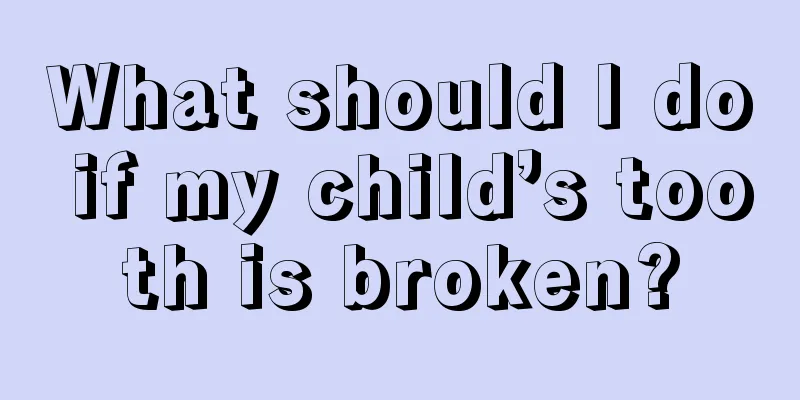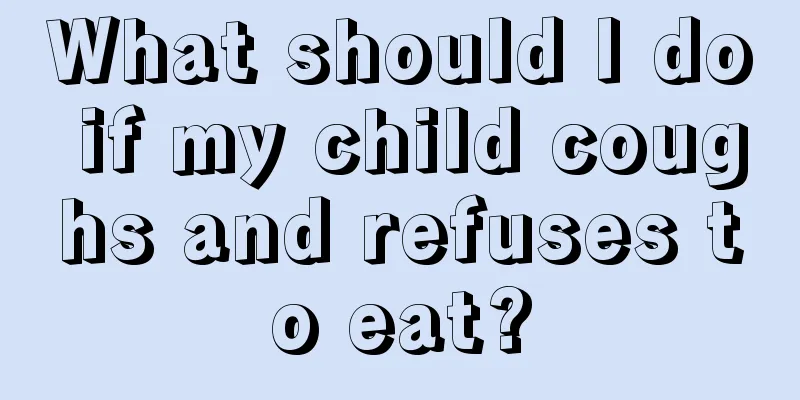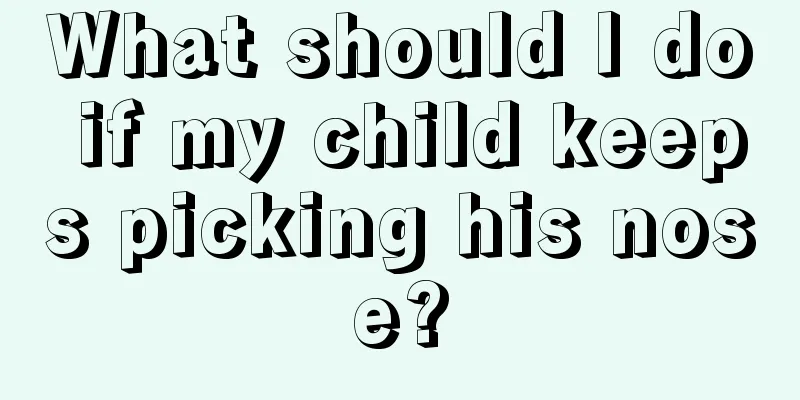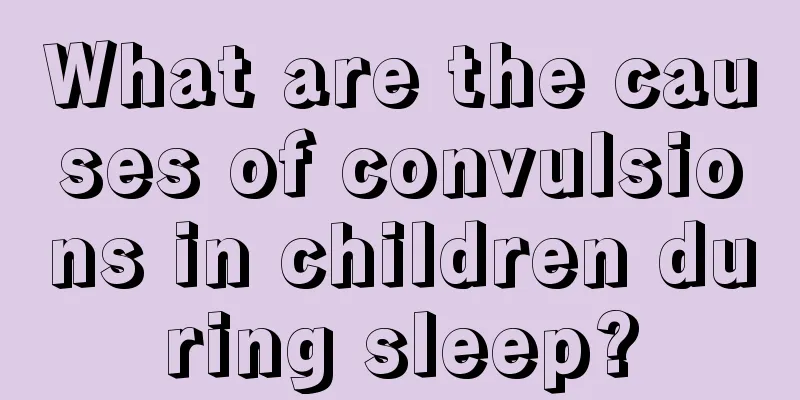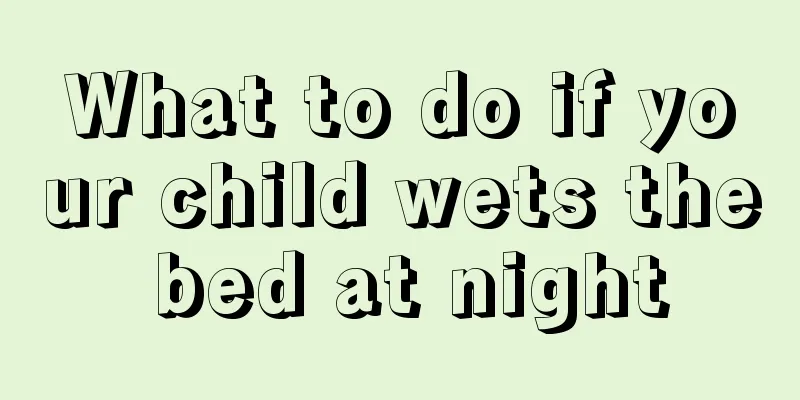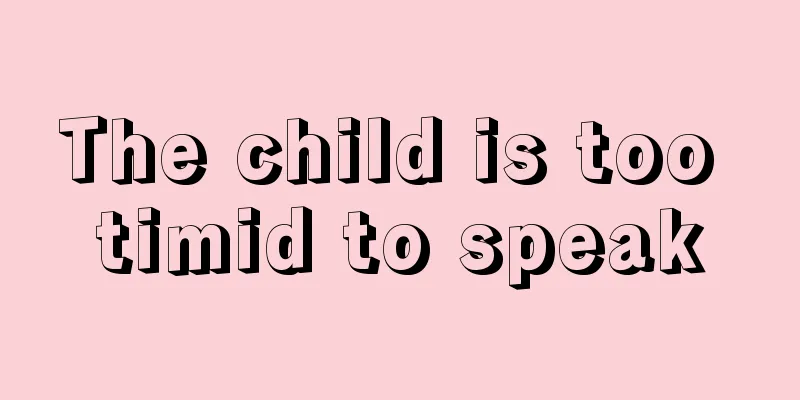What are the scientific methods to reduce fever in babies?

|
As many parents now have some understanding of medicine, when their children have a fever, many parents will choose some scientific methods of reducing fever for babies in order not to harm their children's bodies. So what are the scientific methods of reducing fever for babies? In order for you to fully master them, please take a look at the detailed introduction below. I hope you can understand it as soon as possible. Physical cooling 1. Alcohol Wipe Prepare a bottle of medical alcohol, add the same amount of warm water, and maintain the temperature of the alcohol above 27 degrees and below 37 degrees to avoid stimulating the baby's muscles due to the low temperature of the alcohol and causing the temperature to rise. Dip a clean soft towel in alcohol and gently pat the child's neck from top to bottom. Rub for a longer time on parts of the body with more blood vessels or large arteries, and it is best to rub until the skin turns slightly red. In addition, special attention should be paid to avoiding the child's chest, soles of feet, and abdomen when applying alcohol to avoid adverse reactions. 2. Soak your feet in hot water Soaking your feet in hot water can help reduce fever. The water temperature is kept at around 40 degrees, which is slightly higher than usual. The water temperature that children can adapt to is the best. At this time, parents can hold their children's feet and gently rub them, which is conducive to the expansion of blood vessels and can accelerate cooling. 3. Take a warm bath If the child is in good spirits, you can give him a bath with hot water and adjust the water to around 27-37 degrees to help dissipate heat and cool down. The water temperature must be appropriate, because too high water temperature will dilate the blood vessels in the body, and the body's oxygen consumption will increase, which is not conducive to the improvement of the condition. 4. Use an ice pack Parents may wish to prepare some chemical ice packs at home, freeze them before use, wrap them in a soft towel, and then apply cold compresses to the child's head, forehead, armpits, etc. But be sure to pay attention to the temperature not being too low, it should be a mixture of ice and water to prevent frostbite. In addition, if you don’t have ice bags at home, you can also use disposable medical silicone gloves as ice bags: put water into the gloves, tie a knot at the opening of the gloves, put them in the refrigerator, and when the water inside freezes into a solid state, you can take them out and use them. 5. Use an ice pillow Prepare an ice pack (available in hospitals), melt the edges of the ice cubes with water, and then put them into the ice pack along with the water. Don't fill the ice bag to the brim. Leave one-third of the space. Then squeeze out the air and seal the mouth. The ice pillow is ready. When using, be sure to wrap it with a towel. Antipyretics If the child's temperature is above 38.5 degrees or has convulsions, he or she should seek medical attention promptly and follow the doctor's advice to reduce the fever. 1. Type of medication Parents must not blindly give their children antipyretic drugs containing aspirin. They can follow the doctor's advice and choose acetaminophen or ibuprofen drops. 2. Dosage (1) The dosage should be reasonable It is best to use drops for infants under one year old. The concentration of this type of medicine is more reasonable and the stimulation is relatively small. For children between six months and 11 months old (weighing about 11 to 16 pounds), the dosage is 1 dropper; for children between 1 year and 23 months old (weighing about 16.2 to 24 pounds), the dosage is 1.5 droppers; babies over 24 months old should generally use oral solution. (2) Alternate use of antipyretics If your child has a high fever, you can feed him or her two medicines alternately according to the doctor's instructions to reduce the side effects of the drugs. 3. Notes (1) Pay attention to the dosage of suppositories. If the child is very resistant to taking medicine, parents can use suppositories. When parents use suppositories, they must pay attention to the amount used and avoid using them too frequently, otherwise the child's body temperature will drop suddenly, resulting in excessive fever or diarrhea. (2) Use aspirin with caution. Because in some diseases, if this drug is used, it is easy to cause risks such as brain edema and liver metabolic disorders. Be sure to follow the doctor's advice and do not use it blindly. (3) Use antipyretic injections with caution. Don't rush to take your child to get a fever-reducing injection, and be sure not to mix several medicines without any basis. The dosage should not be random, and the medicine should be used strictly according to the doctor's instructions. What are some scientific methods for reducing fever for babies? The above is a detailed introduction for many mothers. Therefore, as a responsible mother, in order to be able to treat your child with scientific fever-reducing methods when he has a fever, the above content has been specifically introduced. Therefore, after understanding the above content, when the child has a fever, some of the methods introduced above can be used for comprehensive treatment. |
<<: Several recipes for middle school students to lose weight
>>: Which physical method of reducing fever is better for babies?
Recommend
What should I do if my baby has red spots on his mouth?
Every summer is very hot. In this temperature, it...
When does a child's nose grow taller?
In life, we will find that some parents find that...
How to correct the pigeon-toed walking of a one and a half year old baby
Some children start to walk with their feet turne...
What should I do if my child vomits due to gastrointestinal cold?
People will suffer from various gastrointestinal ...
What causes cerebral palsy in children?
In fact, in many cases, cerebral palsy in childre...
Elbow dislocation in children
It is the nature of children to love playing and ...
What to do if your child has a cough and hoarseness
Nowadays, most families have only one child, so t...
What should I do if my baby has a fever and high blood count?
Blood count refers to the number of white blood c...
What are the effects of teething fever in babies?
I believe many people don’t know that babies get ...
Why does a 5-year-old child have bad breath?
Children often suffer from some diseases that we ...
What causes a newborn's loud breathing?
Many newborns have very loud breathing sounds, wh...
What to do if your baby is anemic for one week
Anemia in babies is a common disease. There are r...
What are the early symptoms of sepsis in children?
Sepsis in children can cause great harm to their ...
What should I do if my child has allergies?
Baby's skin is very delicate, so it may often...
What to do if your two-month-old baby doesn't like to eat milk
A two-month-old baby does not like to drink milk,...
